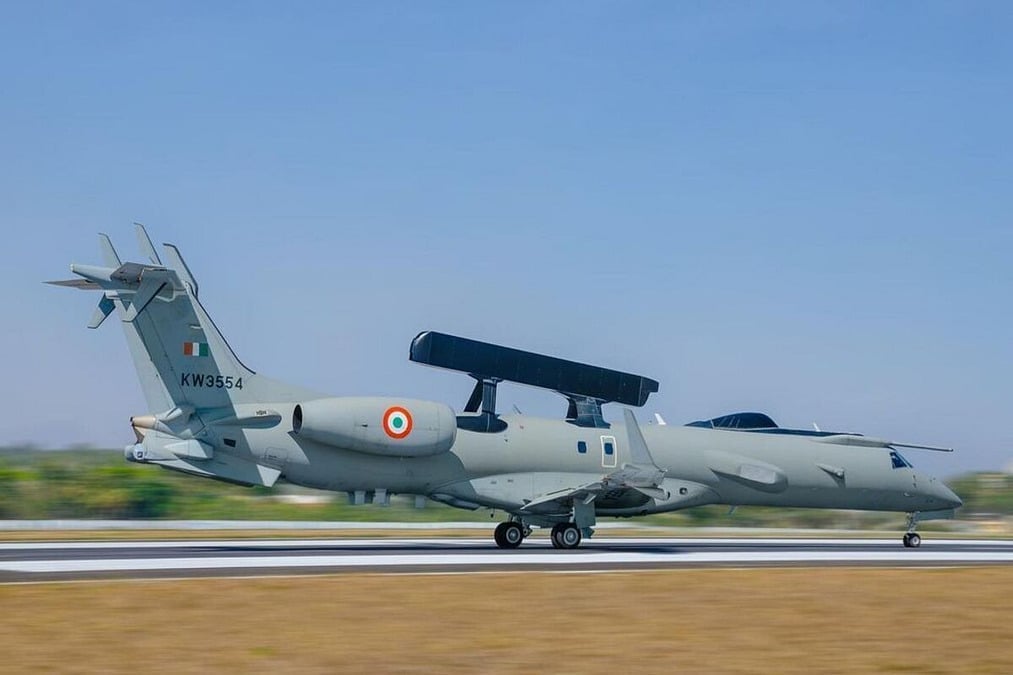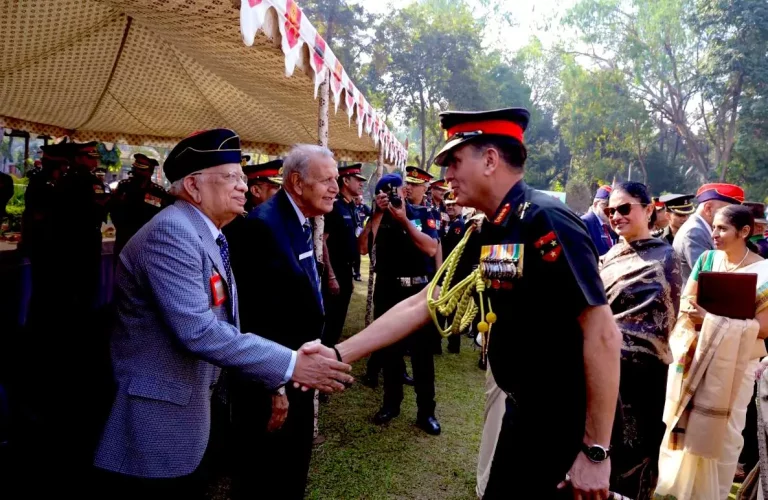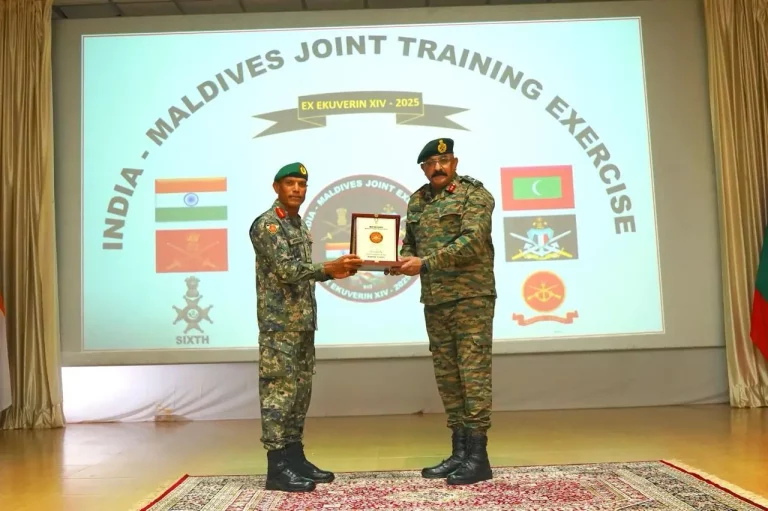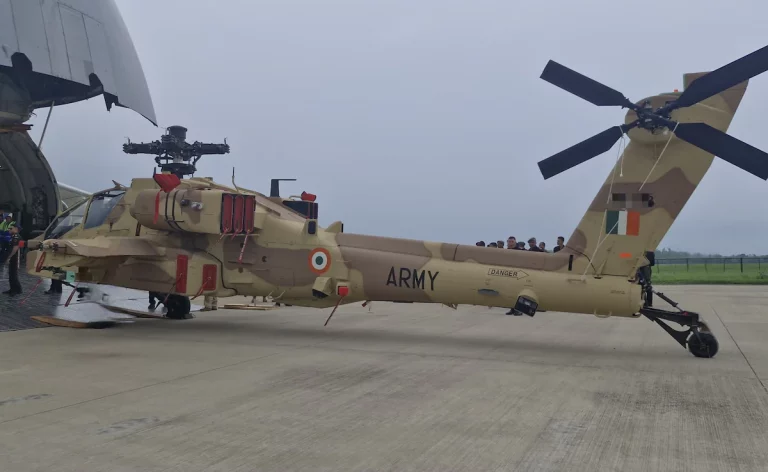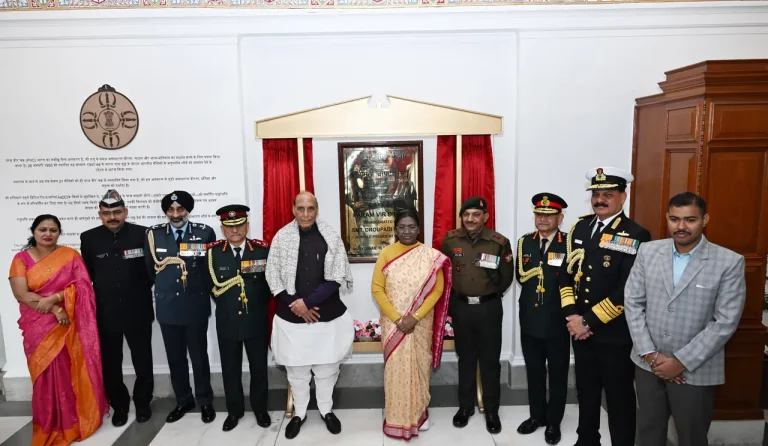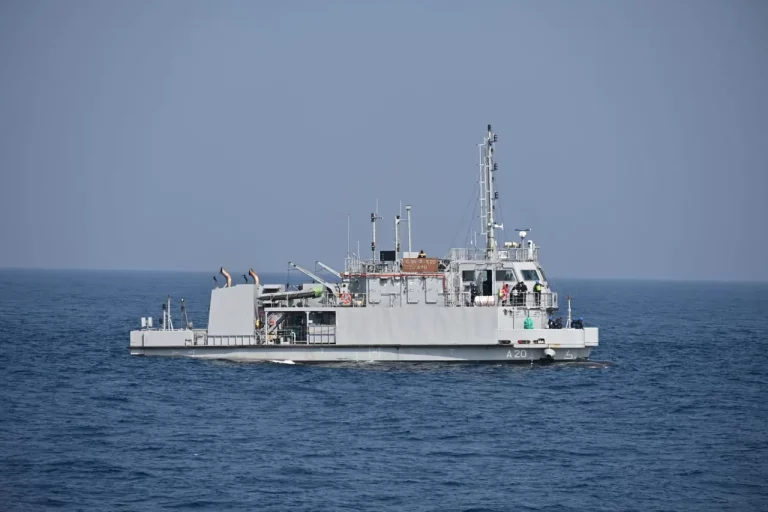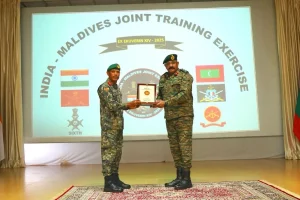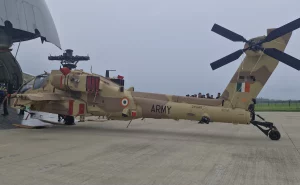In a significant advancement of its air combat and surveillance capabilities, the Indian Ministry of Defence is preparing to procure six Embraer aircraft from Brazil, slated for conversion into Airborne Early Warning and Control (AEW&C) systems. These systems will be equipped with advanced Netra Mark 1A AESA radars, developed by the Defence Research and Development Organisation (DRDO). This initiative, spurred by the strategic considerations following Operation Sindoor, aims to bolster India’s conventional deterrence by enhancing high-altitude battlefield awareness and fostering rapid response capabilities.
The proposal for this acquisition will soon be reviewed by the Defence Acquisition Council (DAC), overseen by Defence Minister Rajnath Singh. The upgraded AEW&C platforms are anticipated to strengthen India’s existing fleet and close the gap in airborne surveillance capabilities compared to those of Pakistan, which operates platforms like the SAAB-2000 Erieye, Chinese ZDK-03, and Falcon DA-20 aircraft.
In conjunction with this initiative, India has also approved a wet lease for a KC-135 mid-air refueller from US-based Metrea and has fast-tracked the procurement of six additional refuellers. These acquisitions are intended to facilitate sustained aerial operations over extended distances. Currently, India relies on six Russian IL-78 refuellers, the same model employed by Pakistan.
The urgency behind these procurement plans arises from the successful execution of Operation Sindoor, conducted from May 7 to 10, during which the Indian Air Force carried out precision strikes on terror camps and military installations across 13 different airbases, from Peshawar to Hyderabad. The operation highlighted India’s enhanced targeting capabilities, significantly supported by drones and real-time data sharing, thus accentuating the need for more robust airborne warning systems and refuelling assets.
Operation Sindoor also resulted in crucial intelligence gains, with Indian forces recovering a variety of advanced weaponry, including Chinese and Turkish arms such as the PL-15 air-to-air missile, SH-15 howitzers, Fatah rockets, and the YIHA drone manufactured in Turkey. The analysis of these systems is currently underway by Indian defence scientists, providing India with unique insights into key Chinese military platforms like the J-10 and JF-17 fighters, as well as the HQ-9 air defence systems, and offering real-world performance data on its own Rafale jets under live combat conditions.
In a high-level meeting held on June 7, India’s defence planners assessed that Pakistan is likely to enhance its military capabilities with support from China and Turkey. Reports indicate that China is supplying Yuan-class submarines, armed drones, and frigates, while Turkey contributes to the upgrading of Pakistan’s naval corvettes, submarines, and F-16 aircraft.
Experts caution that, in light of the significant losses incurred during Operation Sindoor, Pakistan might be preparing for a more coordinated military and terrorist response. India’s evaluations suggest that mass casualty attacks by Pakistan-based jihadist groups could be a potential threat. This is underscored by Chief of Defence Staff Gen Anil Chauhan’s remarks about the failed Pakistani counteroffensive, Operation Bunyan-um-Marsoos, which disintegrated within eight hours despite ambitions for a swift incapacitation of Indian forces within 48 hours.
These developments underscore India’s determination to preempt future threats through advanced technological readiness and strategically enhancing its military capabilities.
